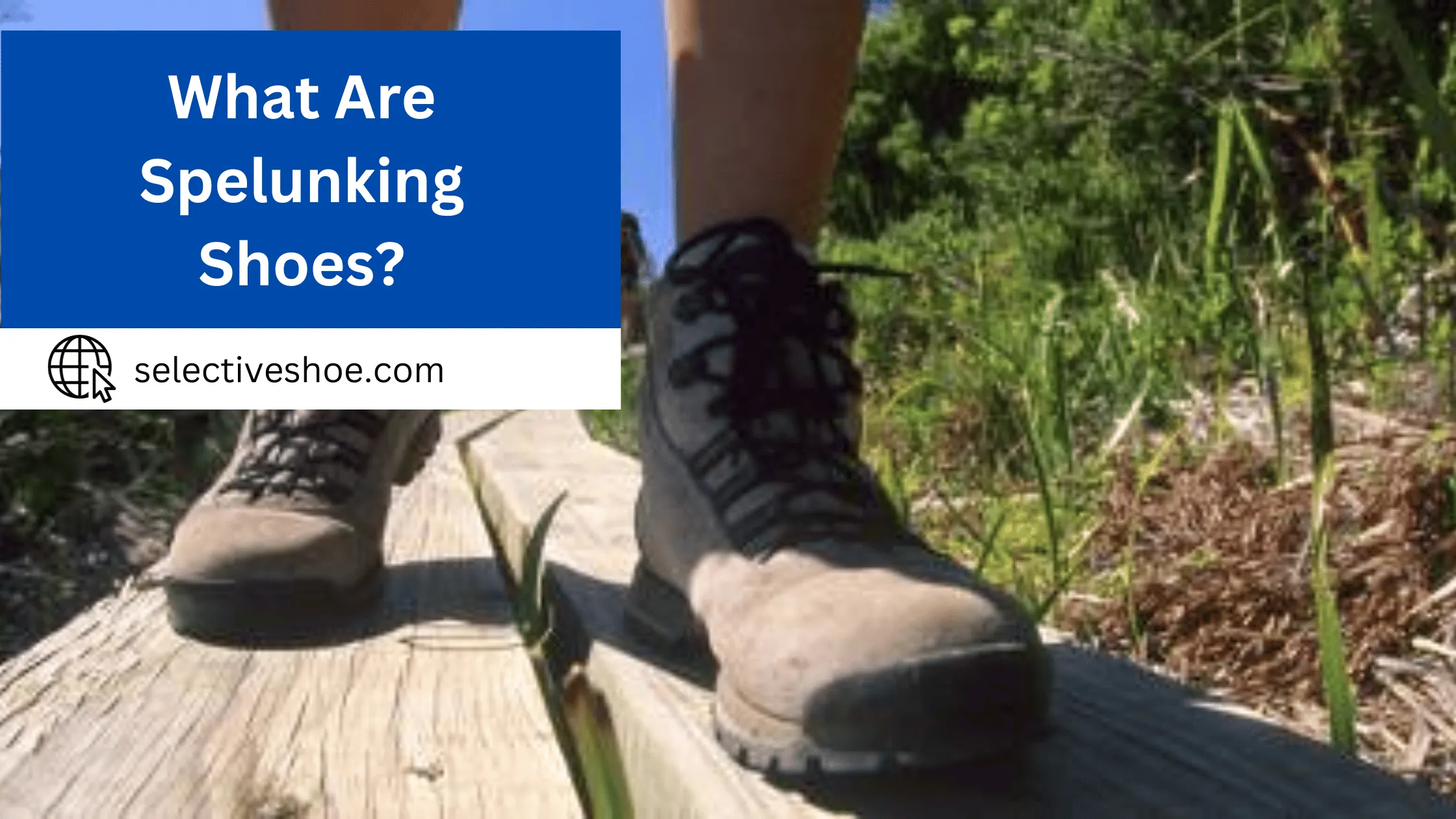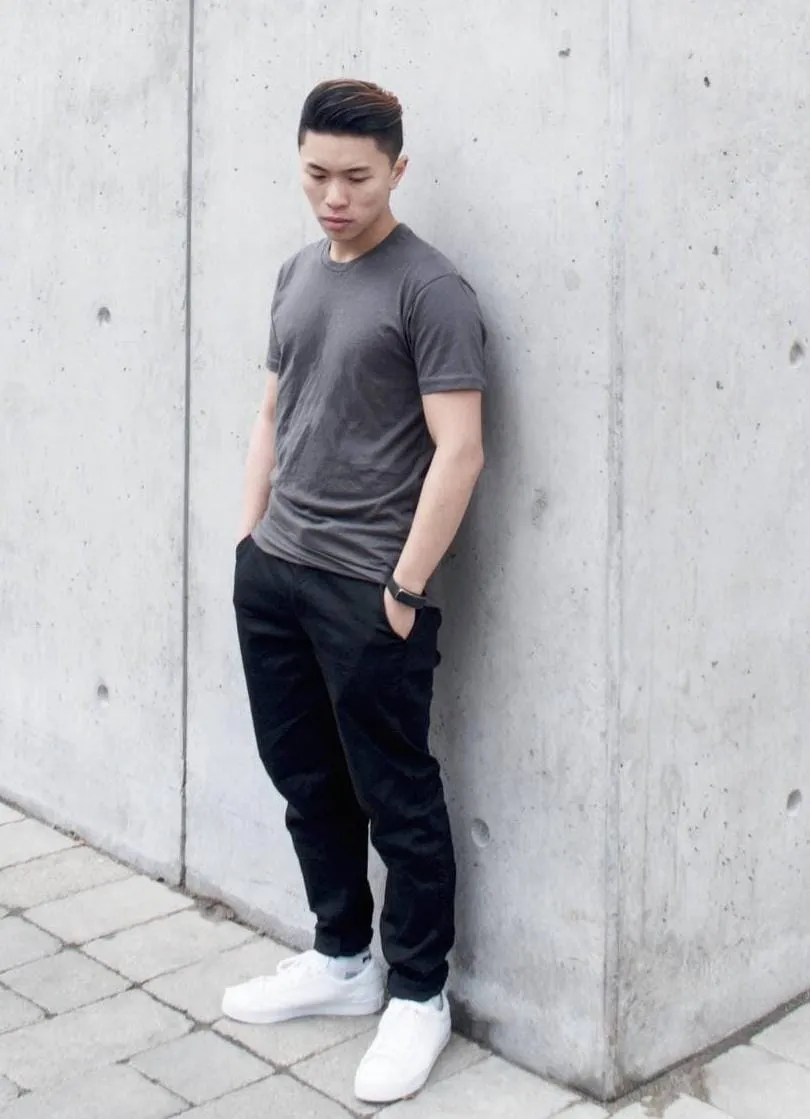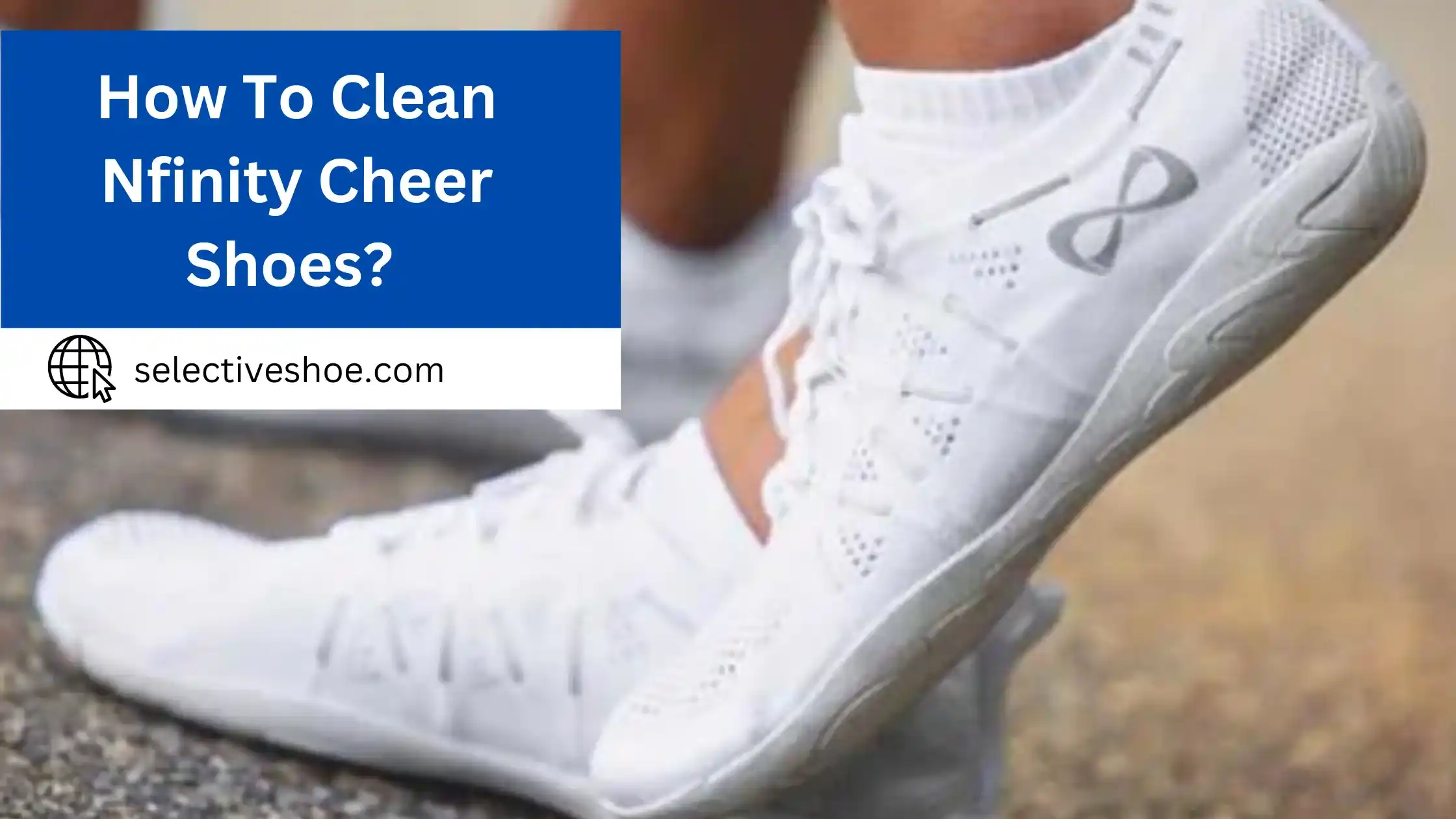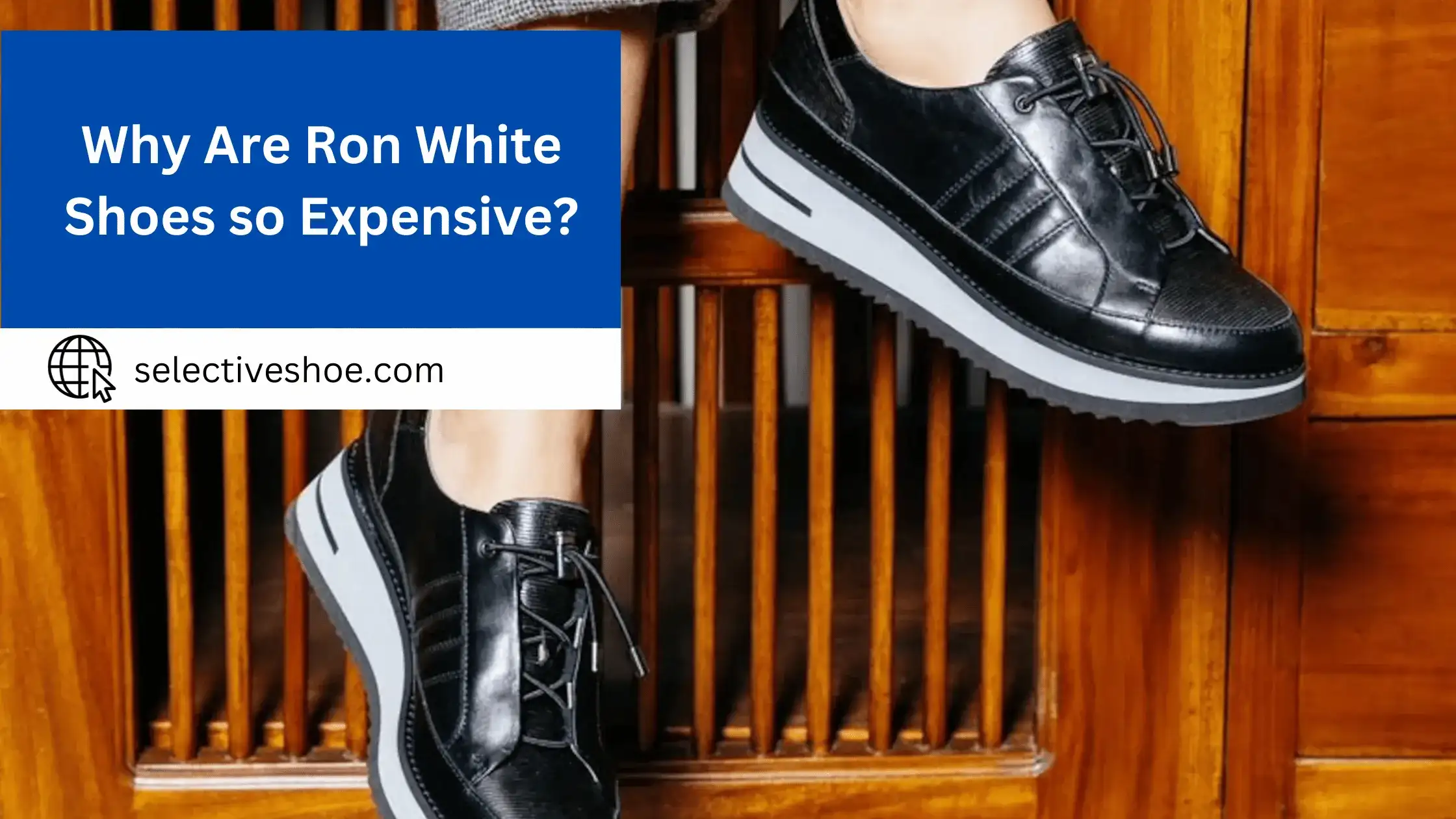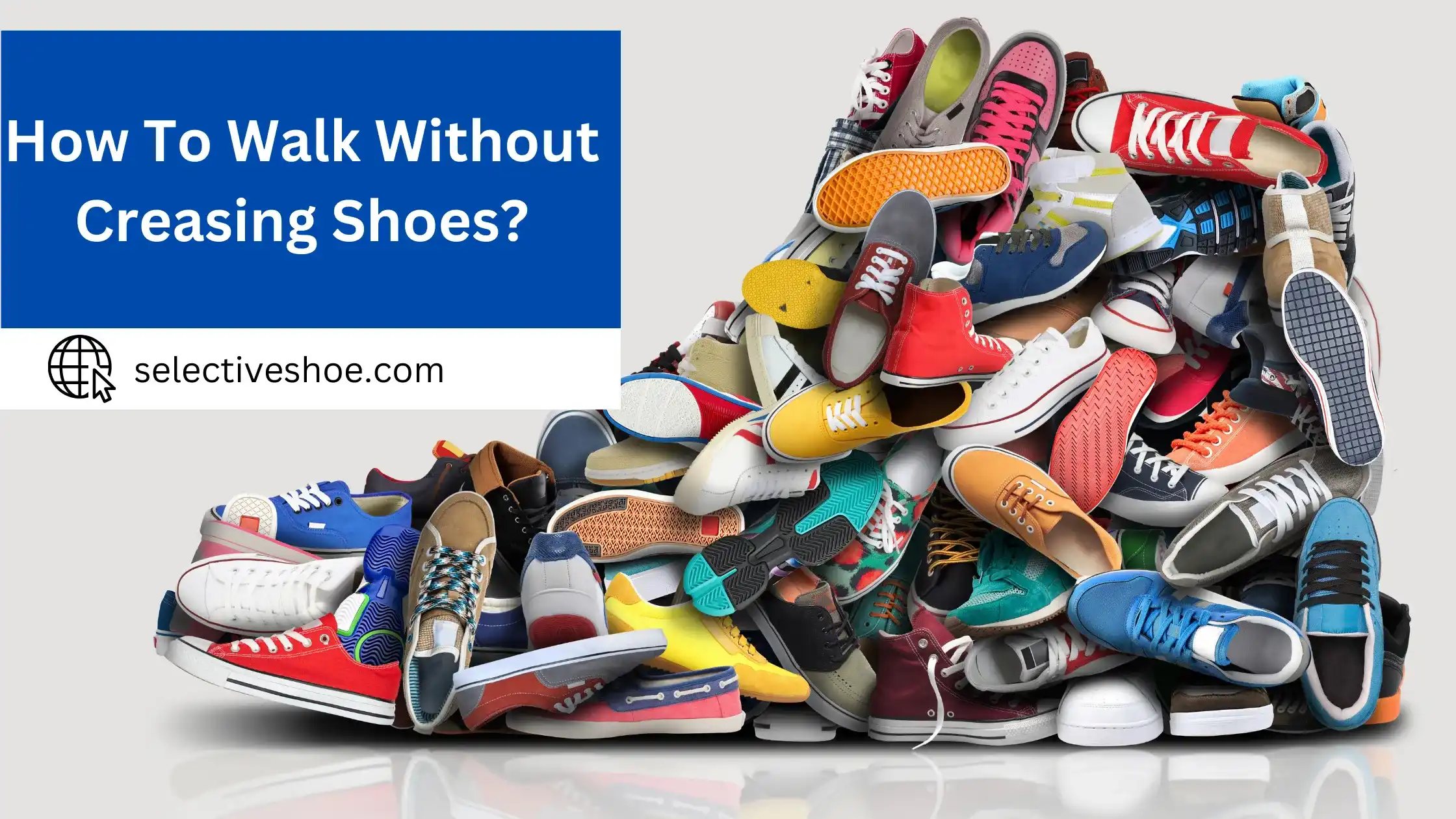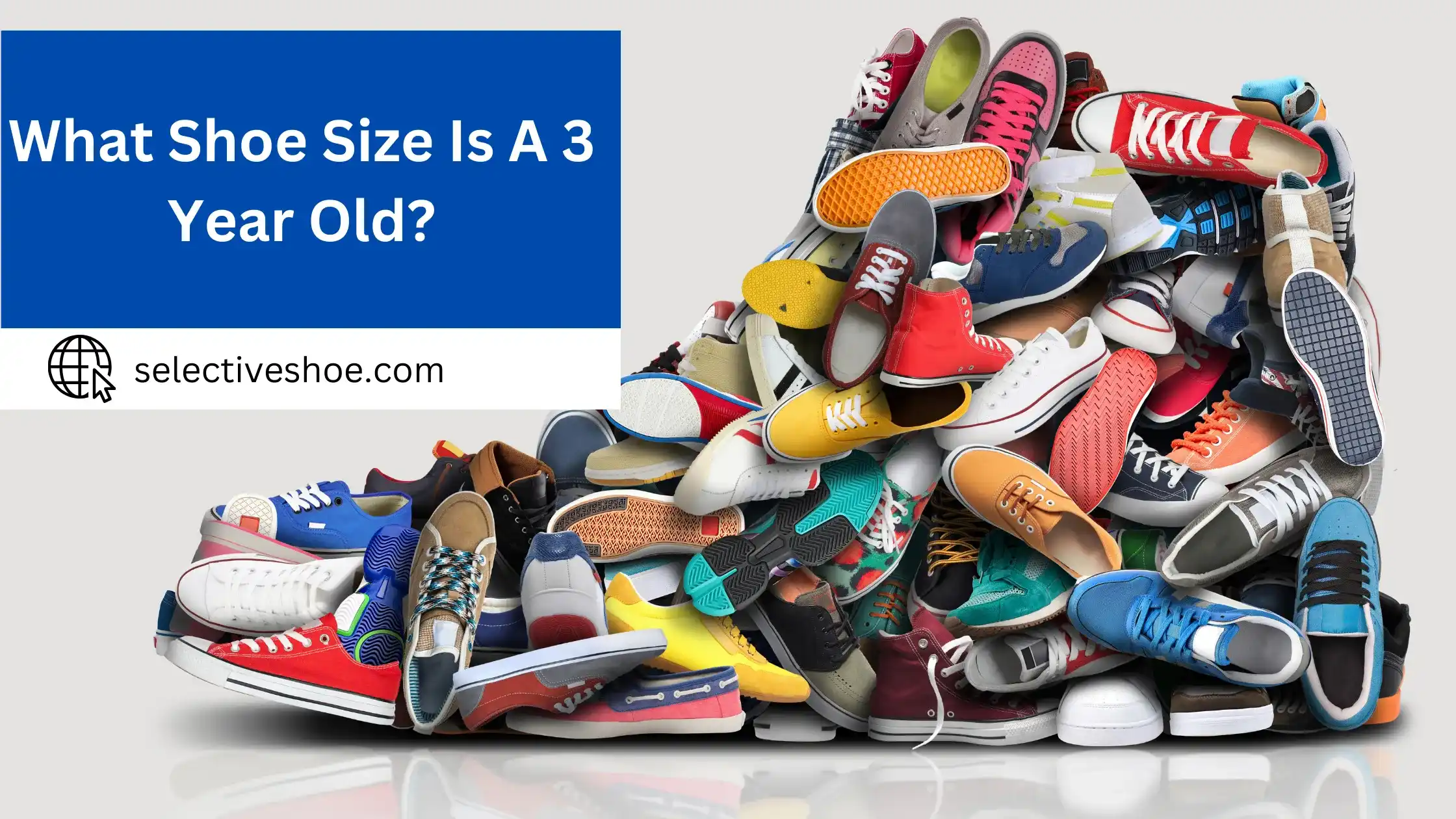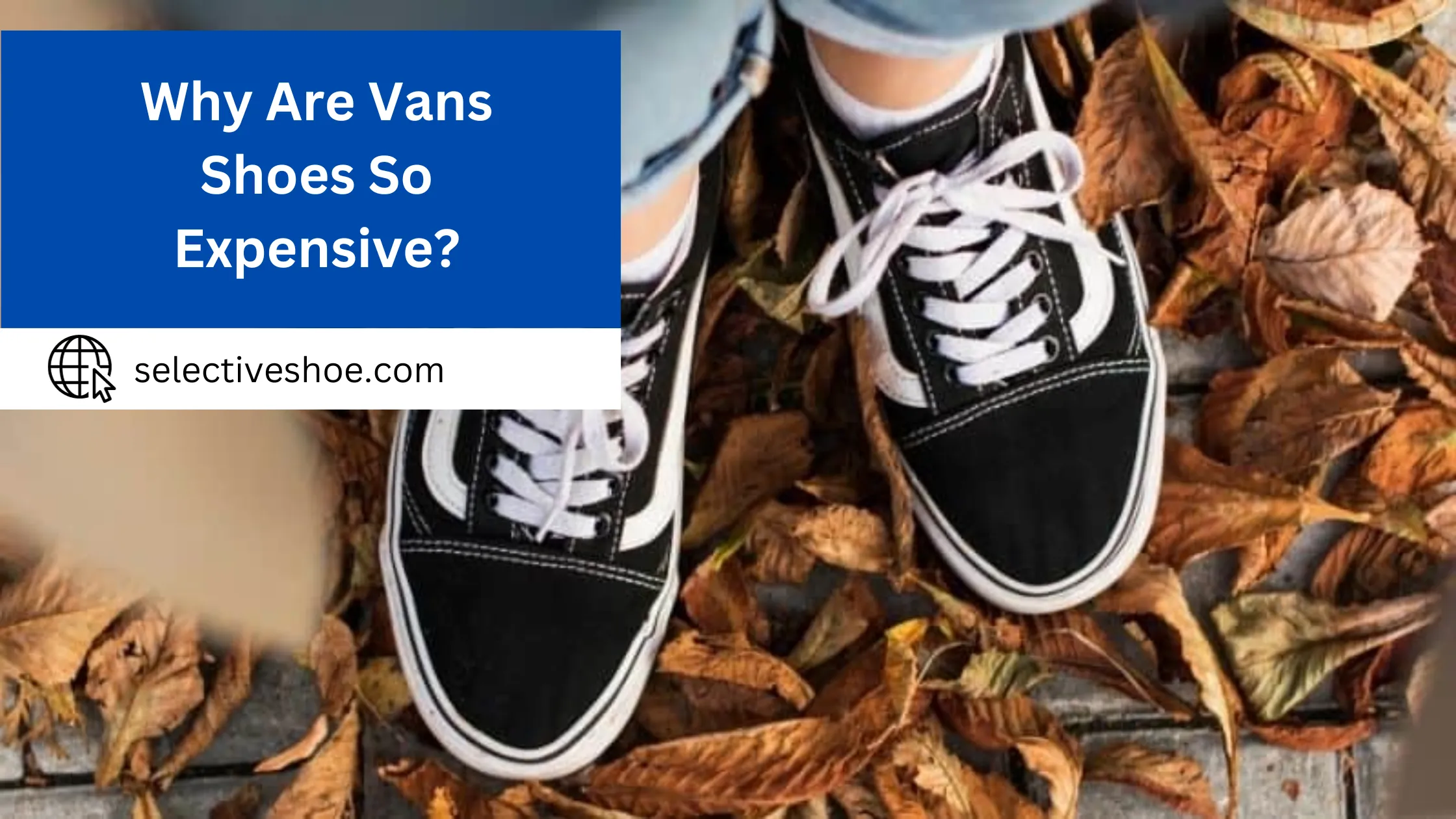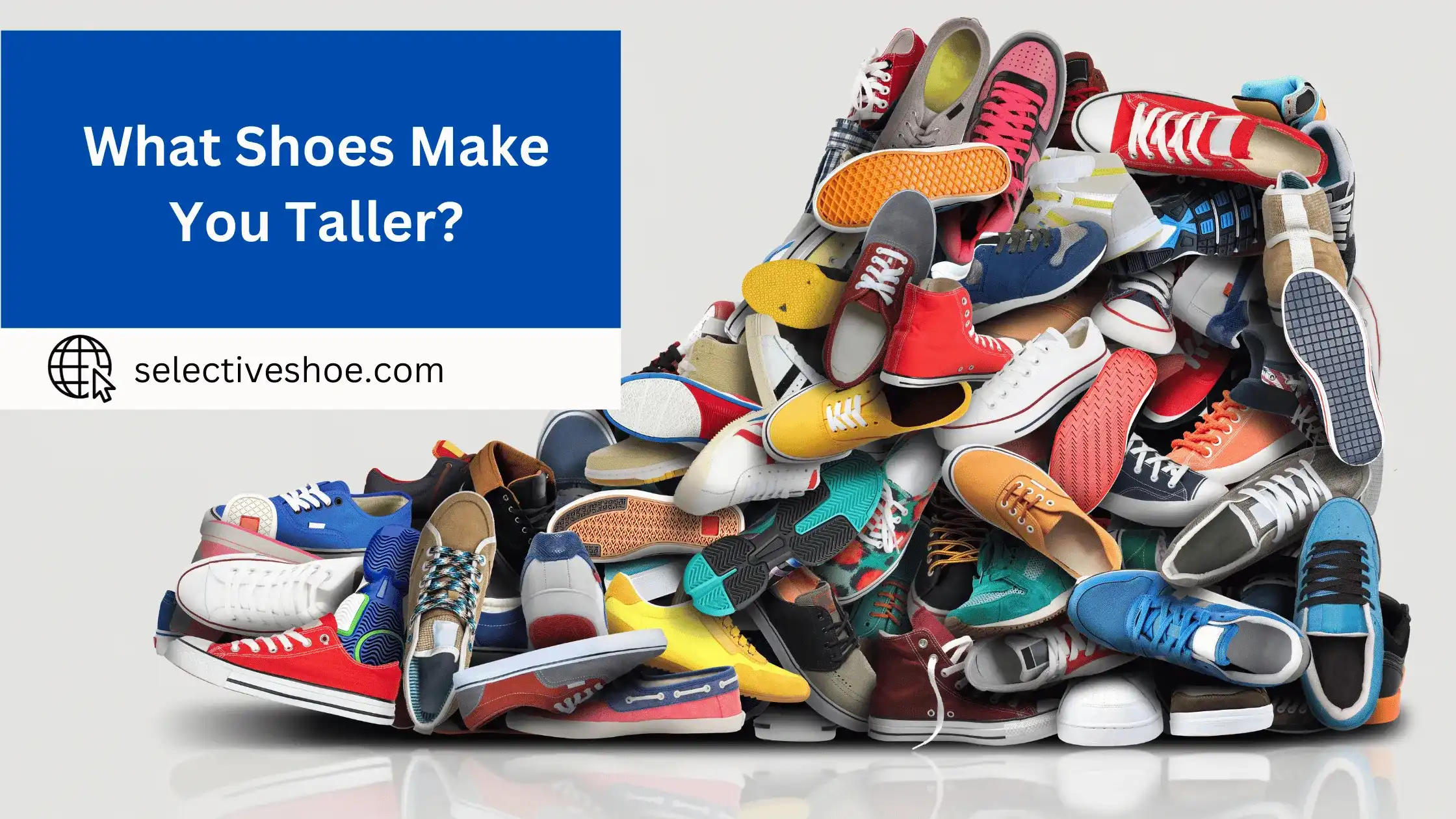Spelunking is a thrilling, adventurous activity that takes you deep into nature’s hidden caves and chambers. Spelunking requires careful consideration of safety when planning an excursion, whether for exploration or research. And one critical piece of equipment for any successful venture is the proper footwear; this is why it’s essential to do your homework on what are spelunking shoes.
Here, we’ll show you everything about outfitting yourself with the gear designed specifically for these daring adventures, from finding the perfect fit to choosing features that meet specific needs to feel well-equipped and confident before making your descent!
The Birth of Spelunking Shoes - A Brief History:
Caving as a recreational activity has its roots several centuries ago. Early explorers and adventurers ventured into the underground realms with essential gear, often wearing regular boots or shoes, which did not provide adequate protection or grip.
Initially, spelunkers adapted existing footwear, adding modifications to improve grip and protection. Some would attach rubber soles to their boots, while others experimented with various materials to increase water resistance.
In the latter half of the 20th century, manufacturers began producing shoes explicitly designed for spelunking. These shoes combined the robustness of hiking boots with the water resistance of wet shoes.
Spelunking Shoes Defined: What Makes Them Unique?
Traction:
One of the defining features of spelunking shoes is their exceptional traction. The outsoles are made of high-grip rubber compounds, often with aggressive tread patterns, ensuring a firm grip on slippery cave floors and wet rocks.
Durability:
Caves are rugged environments with sharp rocks, gravel, and other abrasive surfaces. Spelunking shoes are built to withstand such terrains, often incorporating reinforced toe caps and robust materials that resist cuts and punctures.
Water Resistance:
Since caves often have water bodies, from streams to waterfalls, spelunking shoes are designed to offer some water resistance. While not entirely waterproof, they effectively drain water and dry relatively quickly.
Ankle Support:
Many spelunking shoes are designed with high ankles, providing additional support to prevent sprains or twists, especially when navigating uneven terrains.
Temperature Regulation:
Caves can be cold, and maintaining foot warmth is crucial. Spelunking shoes often feature insulating materials to keep feet warm in colder environments.
Lightweight And Flexible:
While robust, spelunking shoes are also designed to be lightweight and flexible, allowing for ease of movement during climbs and descents within caves.
Key Features - Understanding The Anatomy of Spelunking Shoes:
Navigating the dark, damp, and unpredictable terrains of caves demands footwear explicitly designed for the task. Here’s a breakdown of the unique features and anatomy of spelunking shoes:
High-Grip Outsole:
This is the most crucial component. The outsole is crafted with materials that provide excellent traction, essential for slippery cave floors. The tread patterns are usually aggressive and designed to grip wet and rocky surfaces.
Reinforced Toe Cap:
Given the rugged nature of caves, a reinforced toe cap is vital. It offers protection against stubbing, sharp rocks, and falling objects.
Water-Draining Ports:
Unlike typical shoes, spelunking footwear often features ports or channels that allow water to drain out, ensuring that water doesn’t pool in the shoe.
Breathable Upper:
While resistant to water ingress, the shoe’s upper part is also breathable. This feature helps reduce moisture buildup from sweat, ensuring comfort during extended spelunking sessions.
High-Ankle Design:
Many spelunking shoes extend above the ankle, offering better support and protection against twists or sprains.
Quick-Lace System:
Time is often of the essence in caving, and a quick-lace system ensures that spelunkers can secure their shoes rapidly and efficiently.
Padded Insole:
As cavers might be on their feet for prolonged periods, a cushioned insole provides added comfort and shock absorption.
Choosing Your Pair: Factors To Consider When Buying Spelunking Shoes
Fit:
An ill-fitting shoe can cause blisters or discomfort during extended cave explorations. Ensure the pair you choose fits snugly but not too tight, leaving enough room for your toes to move.
Terrain:
Different caves have different terrains. If you’re venturing into a predominantly wet cave, prioritize water drainage and grip. For drier caves, focus on protection and ankle support.
Durability:
Opt for brands and models known for their durability. Check reviews and consult experienced spelunkers.
Breathability vs. Water Resistance:
Find a balance between these two based on the cave’s conditions. While you want to keep water out, you also don’t want moisture buildup inside.
Weight:
Lightweight shoes are preferable as they don’t add unnecessary strain during climbs or long walks.
Flexibility:
The shoe should allow for a range of motion, especially when climbing or navigating tight spaces.
Price vs. Quality:
While staying within your budget, don’t compromise on essential features. Investing in a good pair of spelunking shoes can enhance your safety and overall caving experience.
Recommendations:
Consult with seasoned spelunkers or join caving forums to get recommendations on the best footwear options When it comes to spelunking shoes, making an informed choice can significantly impact your safety, comfort, and overall experience in the underground realm.
Brand Spotlight - Top Manufacturers of Spelunking Shoes:
Here’s a spotlight on some of the top brands that manufacture spelunking or caving shoes, known for their quality, durability, and functionality:
La Sportiva:
With its heritage deeply rooted in mountain sports, this iconic Italian brand crafts shoes with unparalleled grip and protection. They produce durable and comfortable footwear suitable for the challenging terrains of caves, integrating innovative materials and designs.
Petzl:
Renowned globally for its caving and climbing gear, Petzl’s dedication to safety and functionality extends to its footwear. Their spelunking shoes prioritize grip, protection, and durability, ensuring that spelunkers have the utmost confidence in their gear.
Five Ten:
Acquired by Adidas, this brand is mainly celebrated for its Stealth rubber outsoles that provide remarkable grip. Initially designed for climbing, many cavers have turned to Five Ten for their shoes' exceptional traction, especially on slick cave surfaces.
Scarpa:
With its Italian heritage, Scarpa has a long-standing reputation in outdoor adventure footwear. Their range, suitable for spelunking, showcases traditional craftsmanship and modern technology. The brand emphasizes comfort, ensuring that spelunkers can explore for extended periods without foot fatigue.
Boreal:
This Spanish brand, known for its climbing shoes, also offers models suitable for caving. Integrating advanced materials like their proprietary Dry-Line system for waterproofing and breathability, Boreal ensures that spelunkers' feet remain dry and comfortable.
Maintaining Your Gear - Tips for Caring For Your Spelunking Shoes:
Preserving the lifespan and functionality of your spelunking shoes requires regular care and maintenance. Here are some steps to keep them in top condition:
- Always brush off dirt, mud, and debris after each spelunking session. Use a soft brush or a cloth to remove surface dirt.
- When your shoes become particularly dirty, gently washing them is okay. Use lukewarm water and a mild soap, avoiding aggressive detergents that might harm the material.
- Avoid exposing the shoes to direct heat, like heaters or direct sunlight. Instead, stuff them with newspaper or use shoe dryers to help absorb the moisture and allow them to dry naturally.
- Humidity can degrade the materials of your shoes. Always store them in a well-ventilated area.
- Check your shoes before and after your spelunking adventures for any signs of wear and tear. Address minor issues immediately to prevent them from becoming significant problems.
- If you’re a frequent caver, consider having two pairs of shoes and rotating them. This gives each pair a break, maintaining their structure and functionality.
- When cleaning, avoid using bleaches or other harsh chemicals that might weaken the material or fade the color.
Conclusion:
Spelunking shoes are an excellent investment for any severe spelunker looking to get the most out of their adventure. Not only do they offer protection and grip from rocky and slippery surfaces, but they can also provide increased breathability and comfort. Ultimately, the best model of spelunking shoes should fit comfortably while providing suitable traction and durability to maximize your time exploring subterranean wonders. So don’t put off your exploration any longer. Get yourself a pair of quality spelunking shoes today and have the time of your life!
